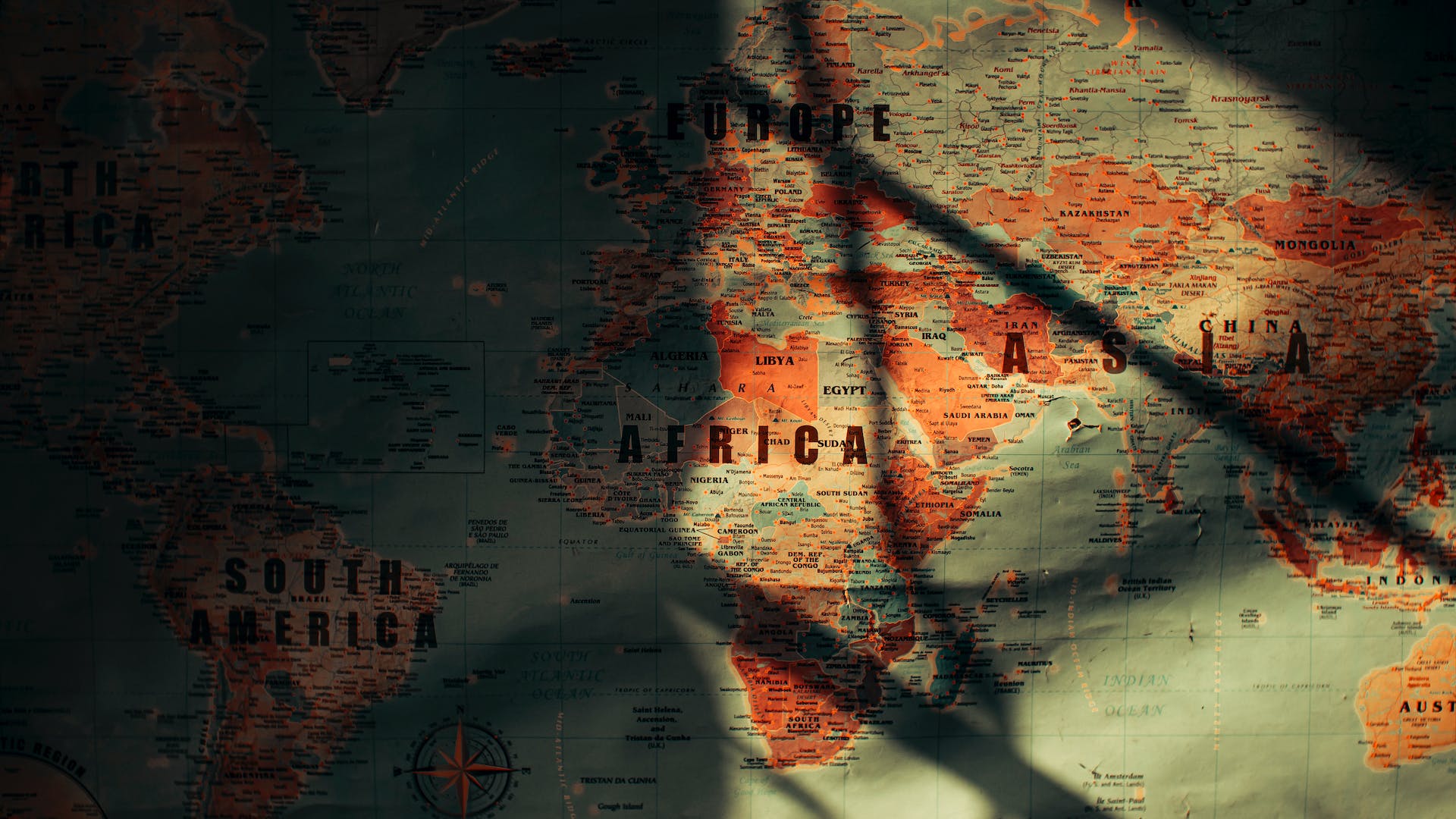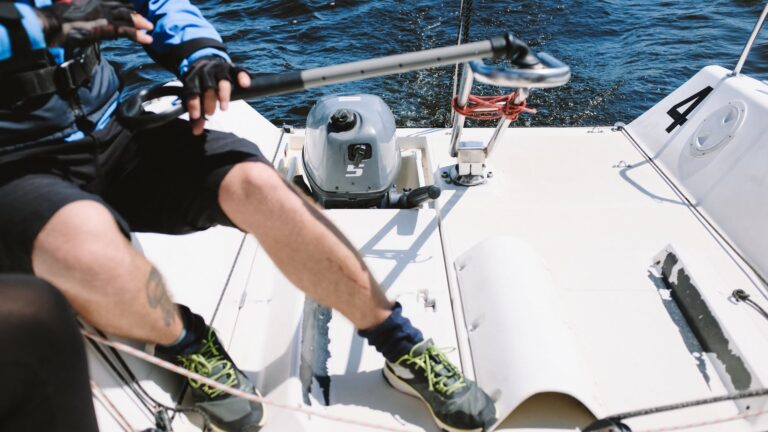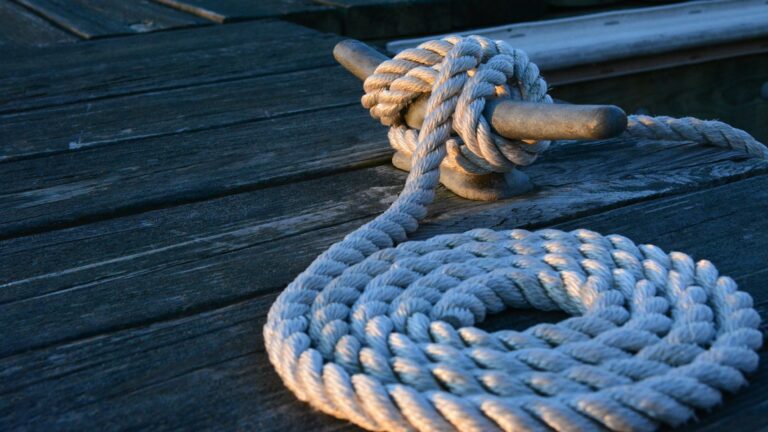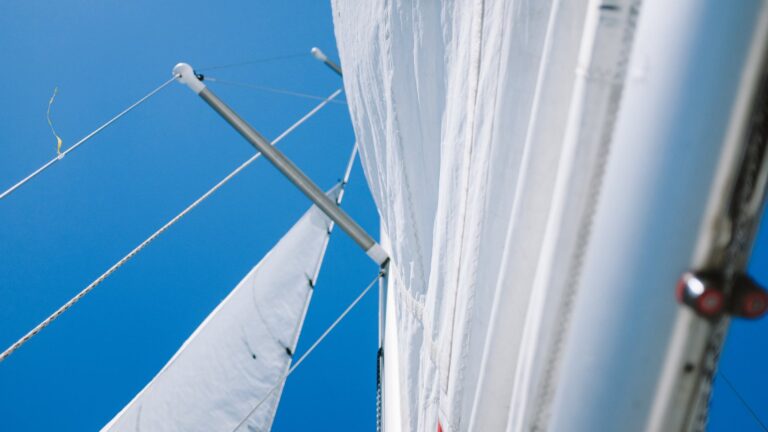Is It Easier To Sail East Or West?
Sailing can be a thrilling and rewarding experience, but it can also be a complex one to master – especially when it comes to understanding the nuances of which direction is easier based on prevailing winds and other factors.
In this article, I will aim to explain why it is generally easier to sail east or west, depending on the type of sailing and latitude you are at, as well as the impact these variables have on your experience as a sailor.
Definition of Sailing
Sailing is the act of navigating a vessel through water propelled by the power of wind or water currents, such as those created by tides, rivers, or other means. It is an ancient form of transportation that has been used since antiquity to explore new lands and traverse vast oceans in search of trade goods and other resources. This activity requires knowledge of weather patterns, navigation techniques, and skills related to managing a vessel’s speed and direction in order to reach a destination efficiently and safely.
Types of Sailing
There are two main types of sailing: cruising (or leisure) sailing, which involves slowly travelling from point A to point B with plenty of stops in between, and racing (or performance) sailing, which is focused on speed and agility as sailors compete against one another for the title of fastest crew over a given course or distance.
Both require knowledge of wind patterns in order to maximize efficiency while on the water, however, they differ in terms of how they approach the task at hand – cruisers usually employ different strategies than those used by racers due to their slower pace and lack of urgency when compared with their more competitive counterparts.
Wind Patterns and Why They Affect Sailing
Wind patterns play an important role when it comes to sailing as they affect both speed and direction while out on the water. In general terms, prevailing winds tend to blow from east to west due to the rotation pattern present in our planet’s atmosphere, however, this pattern may differ depending on your location (eastern vs western hemisphere) as well as your latitude (tropical vs higher latitudes).
Understanding these patterns can be critical for optimizing your voyage’s duration and success rate, for example, if you are attempting an ocean crossing from Europe to North America then you would want to take advantage of westerly winds which can help push your vessel along its course faster than if you were travelling against them instead!
Sailing At Tropical Latitudes
At tropical latitudes (i.e., below 30 degrees north/south), prevailing winds tend to be more consistent than those found at higher latitudes due to the lack of weather disturbances such as storms or hurricanes which can have an impact on wind patterns further away from the equator line – meaning that sailors can rely on steady westerly winds while out on the water here!
As such, it is usually easier (and faster!) for sailors travelling through these areas to sail east-about rather than west-about, taking advantage of this wind pattern helps them reach their destination quicker without having to expend extra energy into overcoming strong opposing forces like they would if attempting a voyage against these winds instead!
Sailing East-About vs West-About
East-about sailing refers to travelling towards the east relative to one’s starting point, whereas west-about sailing involves travelling towards the west relative from that same starting point instead – both require knowledge about prevailing winds in order for sailors to make use them effectively during their voyage!
When heading east-about in tropical latitudes, sailors can benefit from strong westerly winds pushing them along their course faster than if they were attempting a voyage against these forces instead – making it easier for them reach their destination sooner!
Benefits Of Sailing East-About In Tropical Latitudes
Sailing east-about in tropical latitudes offers several advantages over its counterpart: due its more consistent wind patterns mentioned previously, sailors can rely on steady westerly winds pushing them along their course without having worry about fighting against strong opposing forces like they would if attempting a voyage against these winds instead!
Additionally, this type of journey typically requires less energy expended compared with trying sail west-about due its favourable conditions – meaning that it is usually both time AND energy efficient! Lastly, since there are often fewer islands/landmasses located closer towards the eastern side than there are towards western side within these regions – it may even be safer for sailors wishing avoid potential hazards like reefs or shallow waters while out at sea!
High Latitude Sailing
At higher latitudes (i.e., above 30 degrees north/south), prevailing winds tend be less consistent due frequent weather disturbances like storms or hurricanes which can have an impact on wind patterns further away from equator line – meaning that it might not always be possible rely solely upon westerly winds during your journey here!
As such, some sailors may opt for alternative strategies such traveling north/south before turning back towards their original destination – allowing them take advantage any changing wind conditions which may occur during this time period instead!
Additionally, ocean races often take place these areas due unpredictable nature higher latitude weather systems: adding yet another layer complexity any budding sailor must master before venturing out into open waters here!
Ocean Racing And High Latitudes
Ocean races are competitions between multiple crews who attempt complete same course within designated amount time, they typically take place high latitude areas where unpredictable weather systems provide participants with additional challenge overcome whilst out sea!
These events require exceptional navigational skills order find fastest routes possible within given conditions, thus making them ideal testing grounds any aspiring sailor who wishes hone their craft under extreme conditions similar those found during transoceanic voyages across major bodies water like Atlantic Ocean Pacific Ocean alike!
As result ocean racing tends favour those who choose sail west about rather than east about: taking advantage tailwinds created turbulent weather systems present here help propel vessels along faster than if were travelling against them instead – making journey more efficient overall no matter what type boat competing with either way!
Advantages Of Sailing West-About In High Latitudes
As previously mentioned, racing crews often choose sail west about rather than east about when competing ocean races higher latitudes due tailwinds created by turbulent weather systems present here help propel vessels along faster than if were travelling against them instead!
Additionally taking this route also allows crews anticipate any changes direction wind may occur during race: providing valuable insight into how adjust sails accordingly order gain edge over competition no matter what type boat competing with either way – making journey much more efficient overall no matter what type boat competing with either way too!
Finally since there often fewer islands/landmasses located closer towards western side than there are towards eastern side within these regions – it may even be safer for competitors wishing avoid potential hazards like reefs or shallow waters while out sea too by choosing route according needs each particular situation has arise too!
Conclusion
In conclusion, whether you’re planning a leisurely cruise through tropical waters or an adrenaline fuelled race across stormy seas – understanding when it’s best sail east about or west about can make all difference between success failure no matter what type boat you’re using either way too!.
At tropical latitudes its usually easier (and faster!) sail east about thanks consistent westerly winds blowing through area whereas higher up closer poles – going west usually provides better results due tailwinds created turbulent weather systems present here allowing crews anticipate any changes direction wind may occur during race providing valuable insight into how adjust sails accordingly order gain edge over competition no matter what type boat competing with either way too!.







